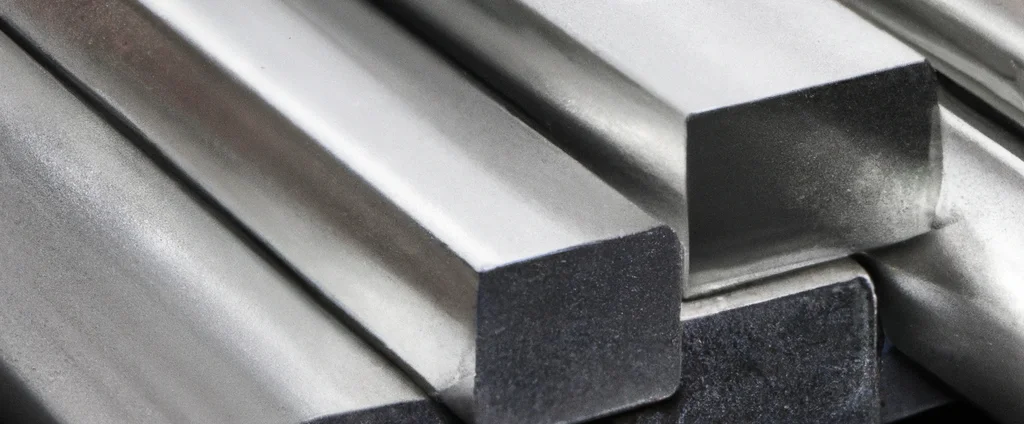Aluminum Alloy 3105 (UNS A93105)

Aluminum 3105 is a versatile aluminum alloy specifically engineered for sheet metal applications where moderate strength is required. It has excellent corrosion resistance, good formability, and high elongation.
| Chemical Composition | ||
|---|---|---|
| Element | Min | Max |
| Aluminum | 95.5% | 98.2% |
| Chromium | —— | 0.2% |
| Copper | —— | 0.3% |
| Iron | —— | 0.7% |
| Magnesium | 0.2% | 0.8% |
| Manganese | 0.3% | 0.8% |
| Silicon | —— | 0.6% |
| Titanium | —— | 0.1% |
| Zinc | —— | 0.4% |
| Residuals | —— | 0.15% |
The following table provides a list of aluminum 3105 properties in both SI and US customary/Imperial units.
Click on the button to switch between Metric and Imperial units.
| Physical Properties | Metric |
|---|---|
| Density | 2720 kg/m3 |
| Mechanical Properties | Metric |
| Tensile Strength | 140 MPa |
| Yield Strength | 120 MPa |
| Young’s Modulus (E) | 70 - 80 GPa |
| Shear Modulus (G) | 26 GPa |
| Elongation at Break | 10% |
| Poisson’s Ratio (ν) | 0.33 |
| Brinell Hardness | 40 - 60 HB |
| Thermal Properties | Metric |
| Melting Point | 640 - 655 °C |
| Thermal Conductivity | 170 W/m·K |
| Specific Heat Capacity (Cp) | 900 J/kg·K |
| Coefficient of Thermal Expansion (αL) | 2.35×10-5 1/°C |
| Electrical Properties | Metric |
| Electrical Conductivity | 2.3×107 S/m |
| Electrical Resistivity | 3.8×10-8 Ω·m |
The values in this table are approximate and can vary depending on various factors such as the specific manufacturing process and heat treatment applied to the alloy.
Advantages & Disadvantages of Aluminum 3105
| Advantages | Disadvantages |
|---|---|
| Corrosion resistance | Low strength |
| High formability | Limited heat resistance |
| Lightweight | Limited wear resistance |
| Good weldability | Surface finish limitations |
| Electrical conductivity |
Applications of Aluminum 3105
Aluminum 3105’s unique combination of formability, corrosion resistance, and electrical conductivity makes it indispensable across multiple industries, including:
- Building and construction: Commonly used for applications such as roofing, siding, gutters, and downspouts due to its good corrosion resistance, formability, and lightweight properties.
- HVAC systems: Ideal for heating, ventilation, and air conditioning systems because of its excellent formability and resistance to corrosion.
- Beverage cans: Widely employed in manufacturing due to its high formability and good corrosion resistance.
- Electrical components: Used in transformer windings, capacitor foils, and bus bars owing to its good electrical conductivity and formability.
- Cooking utensils: Popular choice for pots, pans, and baking sheets because of its good thermal conductivity and formability.
- Signage: Frequently selected for signage applications due to its excellent formability, corrosion resistance, and ability to be easily painted and decorated.
- Marine applications: Suitable for boat hulls and decks owing to its good corrosion resistance and lightweight nature.
